
“Wrong will be right when Aslan comes in sight,
At the sound of his roar, sorrows will be no more,
When he bares his teeth, winter meets its death,
And when he shakes his mane, we shall have spring again.”
–C. S. Lewis
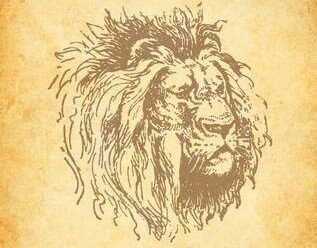
Surya Dev the solar deity of Hinduism, God of Light, Day and Wisdom is a symbol of hope, dispeller of darkness, one who empowers knowledge, the eye of the God, and life source of our world, like Aslan of Narnia.
He has many names like Aditya, Arka, Bhanu, Savitr, Ravi, Mitra, Vivasvan etc.. A deity with so many qualities and names surely mark various festivals like Makar Sankranti, Pongal, Rath Sapthami, Chhath Puja and Kumbh Mela.
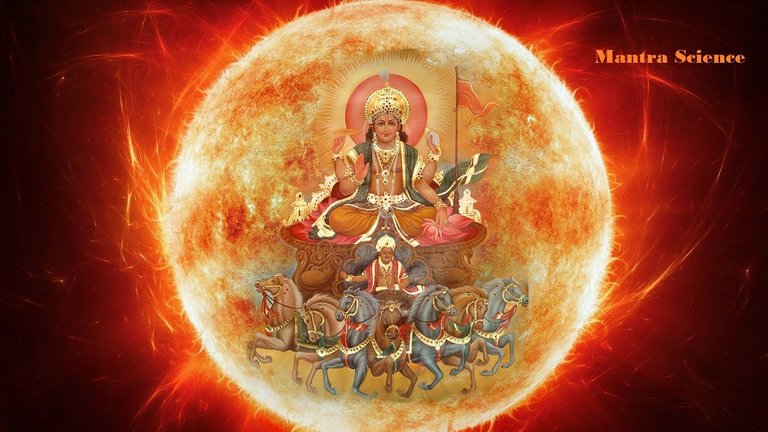
And as we all know…
The first festival of year Makar Sankranti is here, a boon for all Patangbaaz and Sesame sweets lovers. This festival signifies the beginning of the spring season and longer and warmer days. According to Lunisolar calendar Surya Dev(Sun) transit into the Makara(Capricorn) zodiac from Dhanu(Sagittarius) zodiac on this day that’s why this day is called Makar Sankranti.
According to legends, this festival is celebrated from Mahabharata time, Bhishma Pitamah the great-grandfather of both Pandavas and Kauravas choose this day for leaving mortal world and start the journey of heaven, as he was blessed with self-willed death by his father. Also, Lord Bhagirath did great Tapasya to bring river Ganga from heaven for the redemption of his 60,000 uncles who were burnt to ashes by Muni Kapil and on this day he did tarpan with the Ganges water of his uncles and thereby liberated them from the curse. Maybe you had heard more stories like these from your grand-maa but the most important thing is moral of these stories and that is on this day we should thank the God and our elders for what they give us in our life and apologize for our past sins and mistakes and with their blessings we start our new journey with a promise that we will do our best no matter what hurdles come in our way. And also, we should pray to the God for our ancestors’ afterlife journey.In Haridwar, lakhs of devotees take a dip in holy Ganga river for redemption from their past sins, devotees offer Ganges water to the Surya Dev(Sun) on this auspicious day.
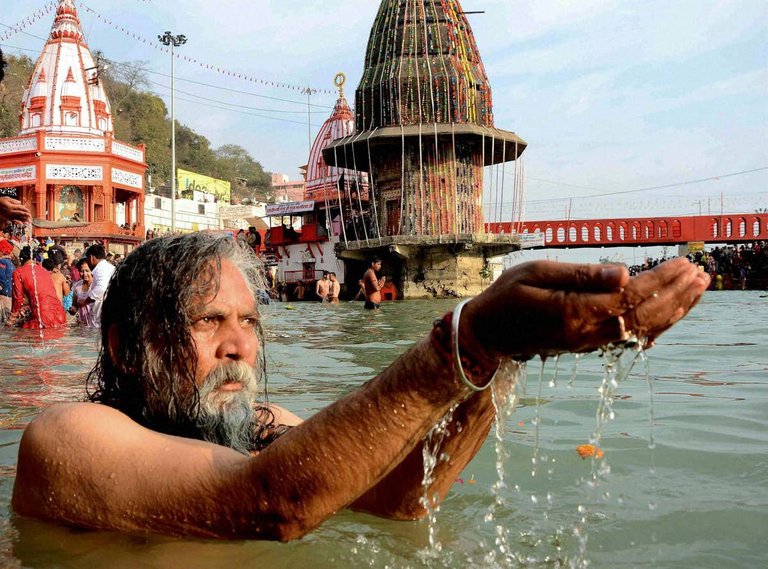
This day is important because at that time Uttarayan or Winter Solstice start on this day and Surya Dev(Sun) starts on its course towards the northern hemisphere. Uttarayan is referred to as the day of new good healthy wealthy beginning. Makar Sankranti is a festival of the beginning of Uttarayan which held on 22nd December now because somewhere down the centuries a calculation of the procession of the equinoxes, which moves the date of the solstice backward was not taken into account and hence it is still celebrated on 14th January every year.
Uttarayan or winter solstice is celebrated across the world in different forms. In India people celebrate various festival on or around 14th January, Lohri(north India) and Pongal(Tamilnadu) as harvesting festivals, Sakraat or Khichdi Sankranti(Bihar, Jharkhand and Uttar Pradesh) and Makar Sankranti(western India), people celebrate them by organising fairs, ox or bullock races, Patangbaazi(kite flying), Jallikattu(a game of taming bulls), cockfighting etc.. There are some common traditions followed by people across India like gathering around the bonfire in the evening and enjoy the company of their loved ones, these bonfires represent various gods like Agni Dev who purify everything, Surya Dev who brought the light and energy in our world and Lord Shiva who is the fire of knowledge.
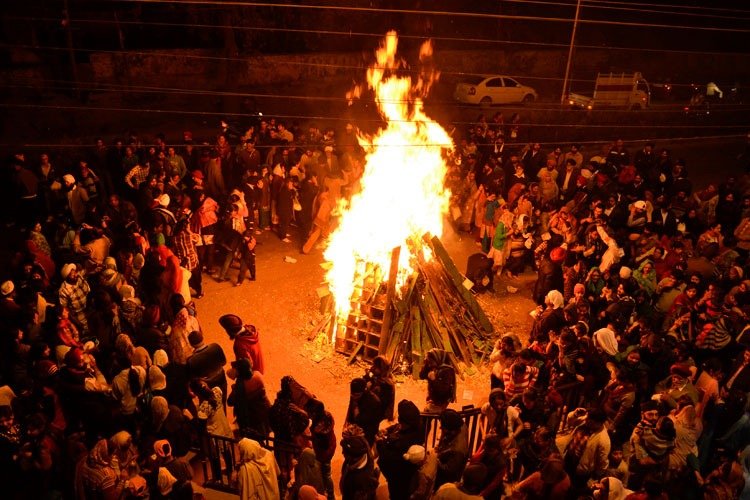
Another common tradition is making sesame sweets like Til-Ladoo, Chikki, Gajjak etc. and distribute them to family, neighbors and friends. These sweets are made by black and white sesame seeds, jaggery, peanuts and desiccated coconut. These sweets are delicious, delectable, toothsome and mouth-watering as well as healthy in the winter season, the mixture of sesame, jaggery and other items keep us worm and save us from many winter diseases.
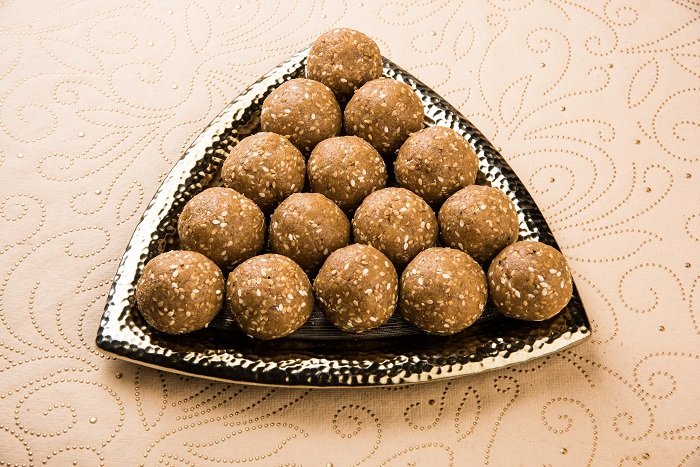
And last but not least Patangbaazi or kite flying is the most common tradition across the country, especially in Gujarati culture, there are many Patangbaazi or kite flying competition held in various cities, phrases like “Kai Po Che”, “E Lapet” and “Phirki Vet Phirki” are common at this time, especially “Kai Po Che” is said to taunt the losing side.
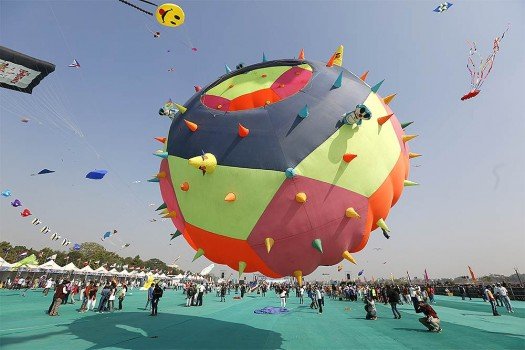
In Ahmedabad every year International Kite Festival is celebrated at the banks of Sabarmati river in which from across the world kite makers and flyers gather and demonstrate their unique techniques of kite making and flying. Sabarmati Riverfront is the best place for enjoying this festival where you can show your style of Patangbaazi or sit around and watch others’ colourful kites touching the high sky and joyfully enjoy every moment with your friends and family.
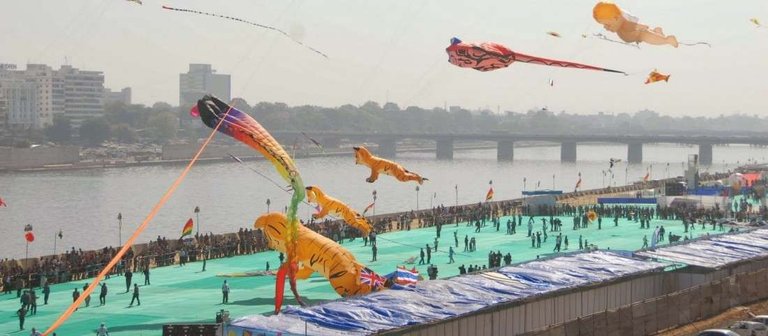
Cautions:- We should fly kites with care. Every year many children fall from the terrace, get seriously injured or even die, by chasing kites. Also, we shouldn’t use ‘nylon thread’ or ‘Chinese Manza’(banned in many states like Gujarat, Maharastr, and Delhi) for kite flying, it may be cheaper than cotton threads but thousands of birds either die or get injured. We should take care of real Kites of our mother nature.
All the best wishes for the kite festival in India, Makar Sankranti.
||મકર સંક્રાંતિ અને પતંગ ઉત્સવની શ્રેષ્ઠ શુભેચ્છા||
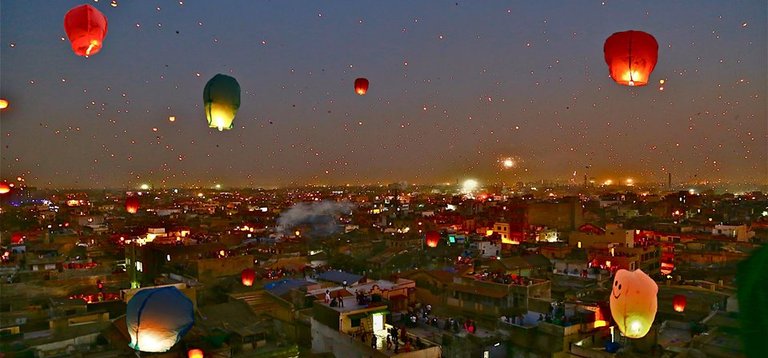
In the end a shloka from ancient text Rig Veda to revere the Surya Dev
“ॐ भूर्भुवः स्वः तत्सवितुर्वरेण्यं भर्गो देवस्य धीमहि धियो यो नः प्रचोदयात् ||
ॐ आदित्याय विदमहे दिवाकराय धीमहि तन्न: सूर्य: प्रचोदयात् ||
ॐ भास्कराय विधमहे दिवा कराया धीमहि तन्नो सूर्य प्रचोदयात् ||
ॐ अश्वध्वजाय विधमहे पासा हस्ताय धीमहि तन्नो सूर्य प्रचोदयात् ||”
—{Gayatri Surya Mantra}
Congratulations @machinewale! You received a personal award!
You can view your badges on your Steem Board and compare to others on the Steem Ranking
Vote for @Steemitboard as a witness to get one more award and increased upvotes!